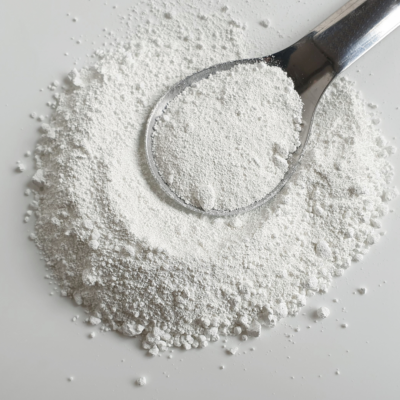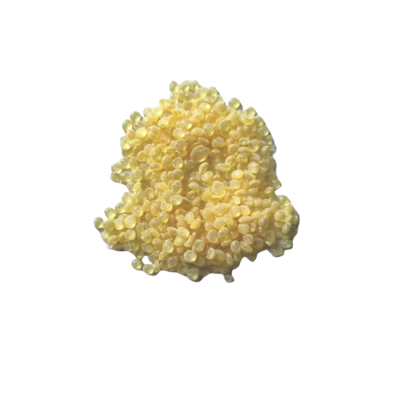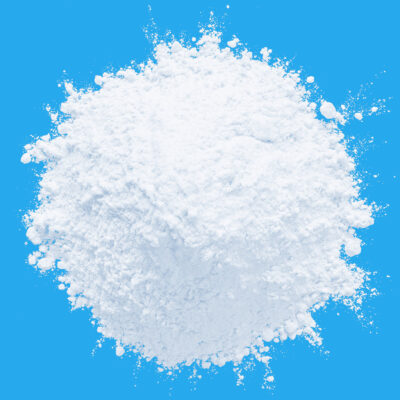Pigments are finely ground particles used to alter paint’s hue, sheen and opacity as well as providing functional benefits like corrosion protection and magnetic attraction.
Inorganic pigments are made up of minerals like oxides or sulfides and offer a wide variety of colors with strong opacity and durability, while organic pigments made out of carbon chemistry provide superior tinting strength and chroma saturation.
Paint consists of two essential ingredients – a binder and pigments. A binder acts like glue for holding pigment particles onto the painting surface while pigments provide color to the final product. Pigments may either be organic or inorganic; inorganic pigments tend to have stronger colors with longer-lasting qualities than their organic counterparts.
Organic pigments are made up of carbon rings and chains. While typically created through nature or synthetic methods using organic chemistry, many classic organic pigments from the 18th and 19th centuries were comprised of animal or plant materials like ultramarine blue, bright yellow cadmium yellow, or deep red phthalocyanines – or were simply created organically from them!
Inorganic pigments, on the other hand, are made up of mineral oxides, salts and sulphates found in nature as earths; and manufactured through relatively straightforward chemical reactions on a large scale. While inorganic pigments may be cheaper to produce than organic ones, their vibrant hues and lower hiding powers tend to fade over time, and some contain harmful metals like lead, cadmium or chromium; making them unadvisable in terms of health, safety and environment concerns.
Recent developments in pigment production aim at both optimizing existing conventional colors as well as creating innovative color blends synthesis from synthetic sources.
How to Harness Their Brilliance
Pigments are substances which alter how light transmits through or reflects off surfaces, creating color in paints. There are two primary categories of pigments: organic and inorganic. Organic pigment colors come from plants while inorganic ones come from minerals including oxides, sulfides and carbonates; both types tend to be more opaque and insoluble than their organic counterparts, making organics most suitable for industrial uses.
Organic pigments differ from inorganic ones by being composed of carbon rings and chains stabilized through chemical compounds, unlike their inorganic counterparts which consist of metal oxides. Organic pigments can either be created naturally from vegetation or synthetically via synthetic processes like coal tar; though their brightness tends to fade with exposure to sunlight or chemicals.
Before choosing between inorganic and organic pigments for creative projects, it’s essential to be familiar with their differences. Each offer different advantages and disadvantages depending on your needs; vibrancy of color intensity or how long the painted product should remain outdoors are just two examples of considerations when making this choice. Inorganic pigments tend to last longer due to being less susceptible to fading and weathering while sometimes having difficulty dispersing with water-based paints – so ensure you purchase high-quality brands such as VOXCO.









Leave a Reply